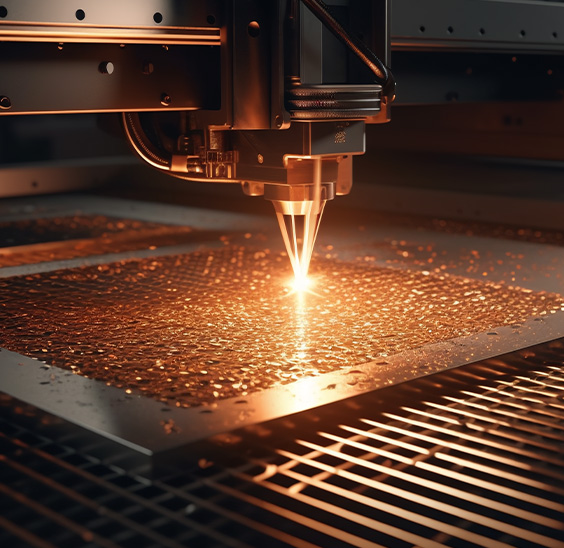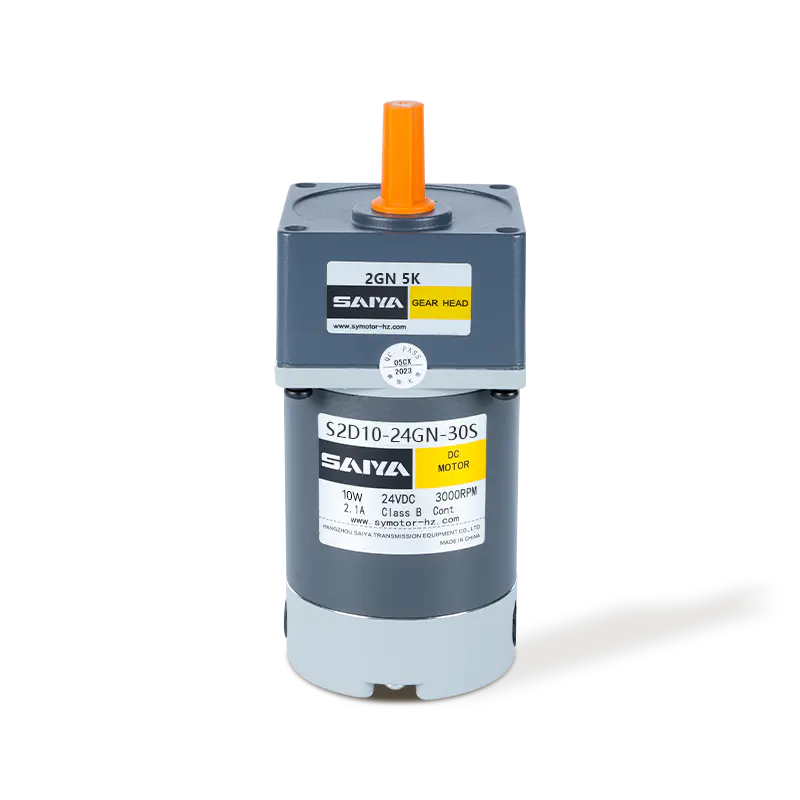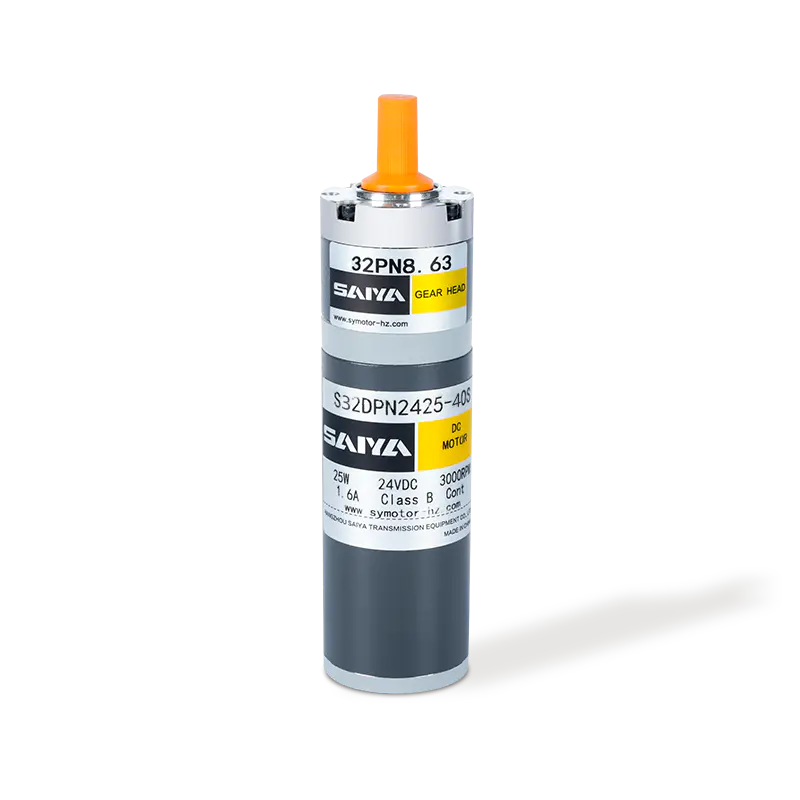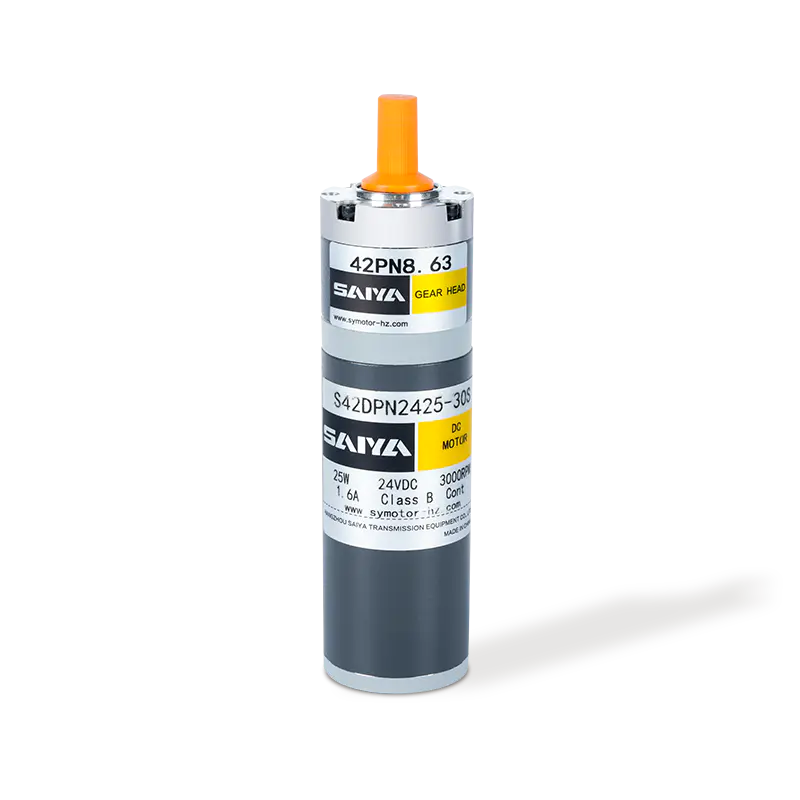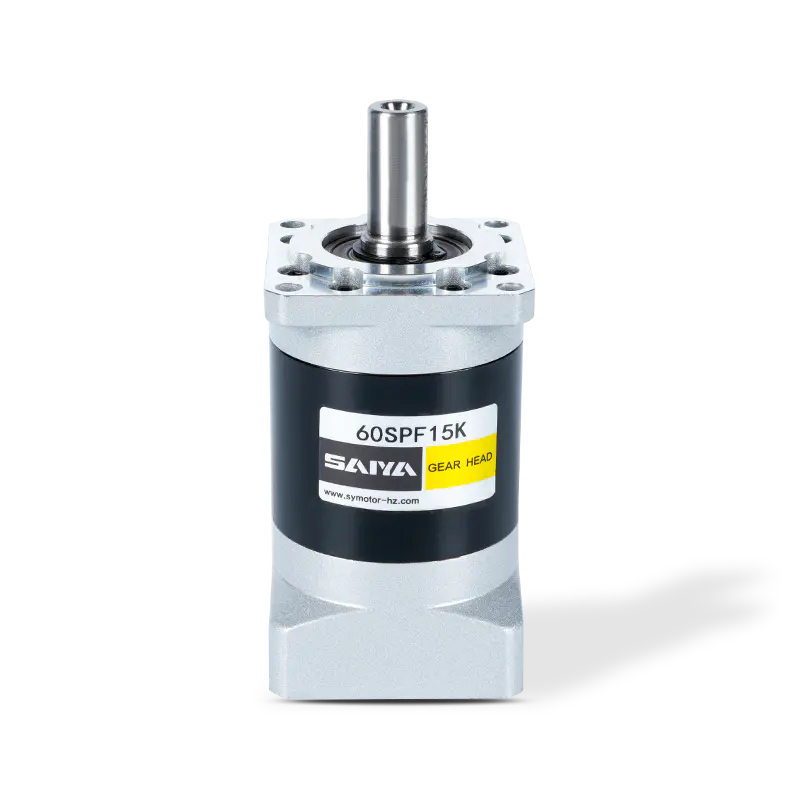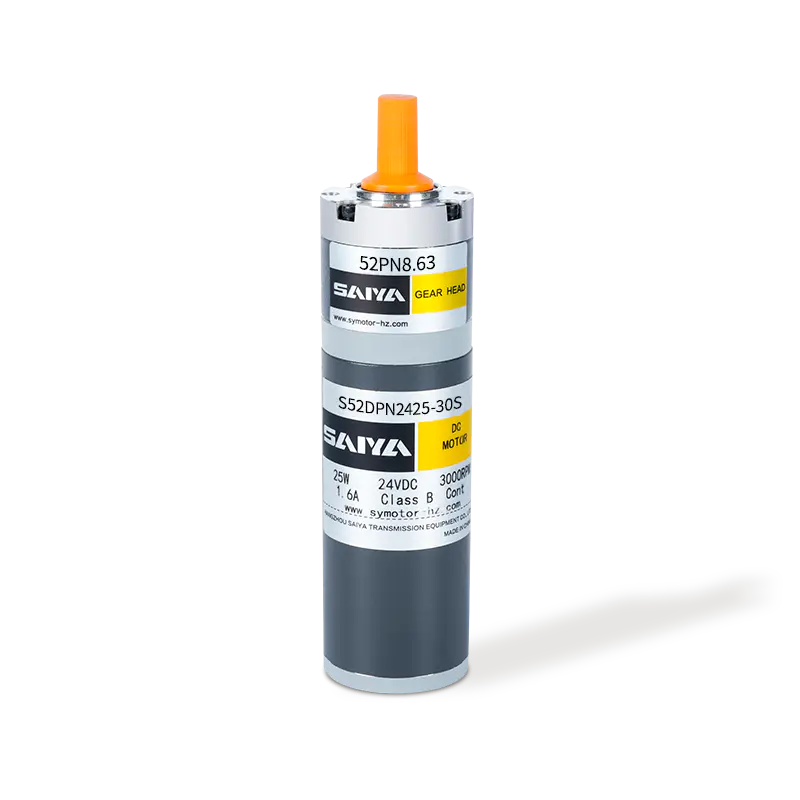How to Improve the Operating Efficiency of Mechanical Equipment Using Small AC Gear Motors?
With the continuous development of modern automation and intelligent equipment, small AC gear motors have become key drive components in industrial equipment, smart home appliances, and automatic control systems. They play an irreplaceable role in many fields due to their stable operating performance, compact structural design, and excellent transmission efficiency.
I. Structural Characteristics and Working Principle of Small AC Gear Motors Small AC gear motors consist of an AC motor and a reduction gearbox. Their core function is to generate rotational power through the motor, which is then reduced and amplified by the gear system to achieve precise and stable mechanical output. The motor section typically uses single-phase or three-phase AC power. The magnetic fields of the rotor and stator interact to form a stable rotational flux, achieving continuous rotational output. The reduction mechanism uses multi-stage gear transmission to reduce speed and increase torque, enabling the motor to achieve high-efficiency power output within a limited space.
In terms of structural design, small AC gear motors emphasize lightweight and high integration. Their housings are typically made of high-strength alloys or engineering plastics, providing not only excellent heat dissipation but also maintaining structural stability during long-term operation. The internal gear set primarily utilizes high-precision ground gears, resulting in high tooth surface meshing accuracy, low operating noise, and more ideal transmission efficiency. This design allows it to maintain excellent operational stability and a long service life even in confined equipment spaces.
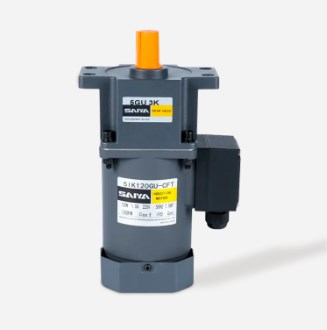
II. Performance Advantages: A Perfect Balance of High Torque and Low Noise
The outstanding advantage of small AC gear motors lies in their stable torque output and quiet operation. Through the gear reduction mechanism, the motor's output speed decreases while significantly increasing torque, maintaining reliable driving force even under low-speed, high-load conditions. Compared to traditional direct-drive motors, this gear motor achieves higher mechanical output efficiency under the same power conditions.
Noise control is another major highlight of small AC gear motors. Due to the high precision of gear machining and optimized lubrication system, the motor maintains a stable and quiet state during long-term operation. Combined with advanced dynamic balancing design and a precision bearing system, overall vibration is effectively suppressed, providing a more stable operating environment for automated equipment and high-precision instruments.
Small AC gear motors have excellent heat dissipation performance. Their housing structure and airflow design effectively reduce motor temperature rise and extend service life. Stable thermal balance characteristics ensure efficient operation even under continuous load, minimizing performance degradation.
III. Wide Range of Industry Applications and Adaptability
Small AC gear motors are widely used in modern industrial and civilian fields. Due to their small size, high torque, and smooth operation, they have become standard drive components in automatic control systems and precision machinery.
In automated production lines, small AC gear motors are often used to drive conveying devices, rotating mechanisms, and positioning systems, ensuring the continuity and accuracy of equipment operation. They also play an important role in smart homes, office equipment, and medical devices, meeting the diverse power needs of different equipment with their energy-saving, efficient, and stable performance.
In complex environments or space-constrained situations, small AC gear motors exhibit extremely high adaptability. Their compact structure and easy maintenance allow them to maintain stable operation in environments with large temperature variations or strong vibrations. This reliability makes them the preferred drive element for small automated devices, intelligent testing instruments, and light mechanical systems.
IV. Technological Innovation Drives Continuous Optimization of Motor Performance
With advancements in manufacturing processes and control technologies, the performance of small AC gear motors continues to improve. The application of precision gear machining technology has further improved gear transmission efficiency and reduced transmission accuracy errors to a much smaller range. Simultaneously, the use of high-performance magnetic materials and optimized winding structures in motor design achieves a better balance between energy efficiency and output power.
The development of modern motor control systems has also brought intelligent upgrades to small AC gear motors. By introducing functions such as electronic speed regulation, overload protection, and temperature control management, the motor's operating status can be monitored and automatically adjusted in real time. This intelligent control technology not only extends the equipment's lifespan but also significantly improves the system's operational safety and stability.

Driven by the trend of energy conservation and environmental protection, small AC gear motors are increasingly focusing on energy efficiency ratios and environmentally friendly materials during the design phase. The use of low-loss core materials, optimized magnetic field design, and efficient lubrication systems enables them to maintain high output efficiency while reducing energy consumption, aligning with the industrial direction of sustainable development.
As an important component of modern transmission systems, small AC gear motors, with their efficient and stable performance, compact structural design, and continuously optimized energy efficiency, are becoming a fundamental power source for automation and intelligentization across various industries. Whether for upgrading industrial equipment or driving smart terminals, it provides a continuous power supply to mechanical systems with its precise and reliable transmission characteristics. With continuous technological innovation, small AC gear motors will demonstrate broader application prospects and higher technological value in future industrial systems.


 EN
EN  English
English 中文簡體
中文簡體 русский
русский Espa?ol
Espa?ol


